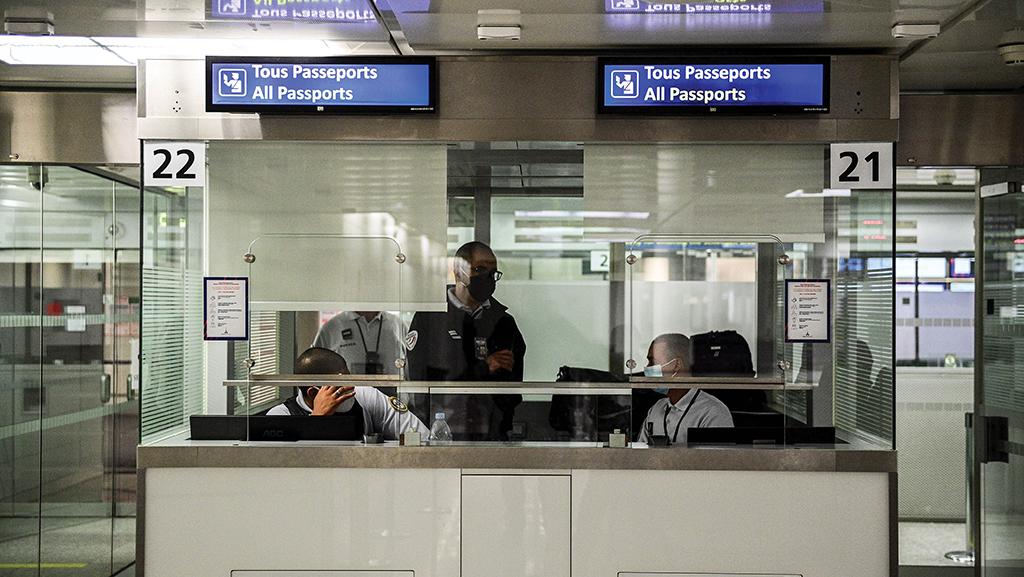
Ask the Editors: The Aviation Week Network invites our readers to submit questions to our editors and analysts. We’ll answer them, and if we can’t we’ll reach out to our wide network of experts for advice.
Do governments have plans to open borders and welcome travelers as nations move toward herd immunity from COVID-19 by the end of the year?
Jens Flottau, Aviation Week’s executive editor for Commercial Aviation, answers:
Governments have offered numerous plans to reopen borders, but they have been forced to revise them many times since the outbreak of the novel coronavirus pandemic.
Travel bubbles between individual countries such as New Zealand and Australia and between Hong Kong and Singapore have been announced, only to be delayed or partially implemented. And the European Union has issued guidance to member states as to how to open borders, but its recommendations have generally not been followed; instead, individual countries have created a patchwork of rules that frequently change.
That patchwork seems to be the rule all over the world. Many countries demand a negative PCR test upon entry, and some also require a quarantine. Restrictions have been tightened since the discovery of more infectious COVID-19 variants in the UK, South Africa and Brazil that have now spread to other countries.
There is no global harmonized plan to open borders. The EU is proposing a digital green travel pass that includes vaccination and testing data, which it hopes will be available in three months. The International Air Transport Association is rolling out its own digital travel pass that has similar functions, but the pass has not yet been accepted by governments in general, even though many airlines have participated in trials.
How to reopen borders is a sovereign decision made by each country, likely guided by infection rates both at home and in the countries from which travelers might be arriving. Reopenings are expected to vary by region, as the distribution of vaccines and pace of vaccinations remains uneven.





